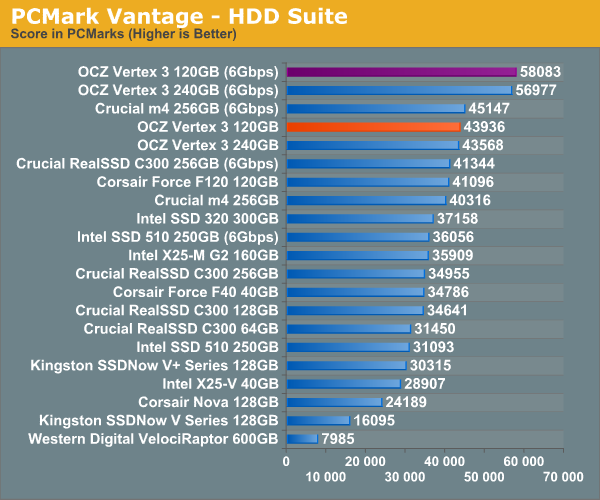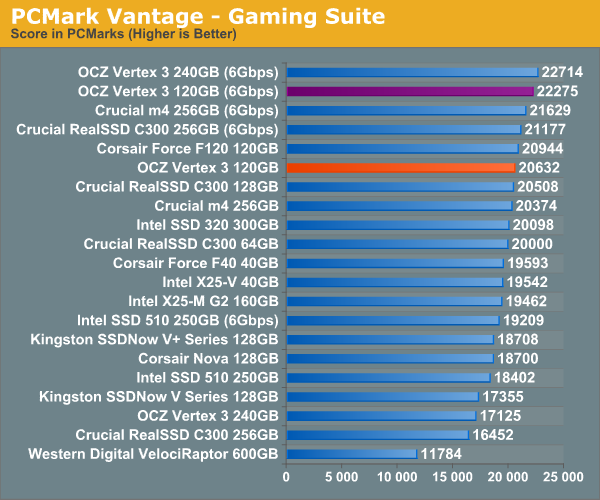Could you please run 4K QD1 on both 100% read, 100% random?
If you're after gaming speed and not benchmark championship crown you need single solid drive with high QD1 4K random read performance and about 250MB/s sequential 4K/8K as proven by Ao1, lowfat and others time and time again. I would strongly recommend single C300 256Gb. I'm on 2R0 X25-M right now, and don't see anything exciting in 25nm SSDs yet. C300 is very tempting though...







 Reply With Quote
Reply With Quote
 Too bad not bootable
Too bad not bootable 




 ttp://[/IMG]
ttp://[/IMG]










Bookmarks